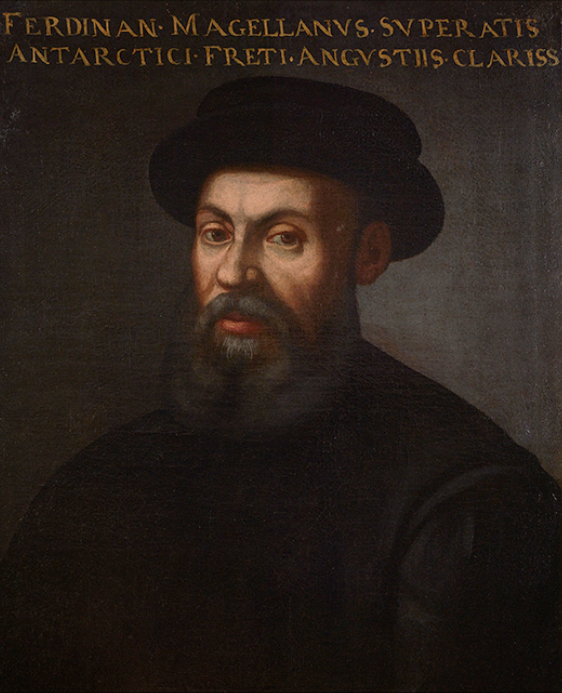This Day in World History
March 16, 1521
Magellan Reaches the Philippines
 On March 16, 1521, Portuguese navigator Ferdinand Magellan, attempting to sail around the world for Spain, reached the Philippine archipelago. Magellan and his expedition were the first Europeans to reach the Philippines, a stop on the first circumnavigation of the globe, though Magellan’s portion of that journey would soon end.
On March 16, 1521, Portuguese navigator Ferdinand Magellan, attempting to sail around the world for Spain, reached the Philippine archipelago. Magellan and his expedition were the first Europeans to reach the Philippines, a stop on the first circumnavigation of the globe, though Magellan’s portion of that journey would soon end.
The expedition of five ships and 250 men had left Spain on September 20, 1519. Magellan sought a western route — avoiding the southern tip of Africa, which Portugal controlled — to the Spice Islands (the Moluccas) of Southeast Asia. Magellan survived two mutinies before sailing around the southern tip of South America, finding the strait named for him, in November of 1520. Reaching calm waters after a dangerous passage, Magellan named the ocean west of South America “the Pacific Ocean.”
As the ships continued sailing west, supplies dwindled, the crew was forced to eat leather and drink a mixture of salt and freshwater, and men began dying of scurvy. Fortified by provisions secured at island stops along the way, the ships reached the Philippines in March 1521.
Magellan spent more than a month in the area, trading with local leaders and trying to convert them to Christianity. He grew angry at one chief who refused to cooperate, however, and ordered an attack on his village. Wounded in the fighting, Magellan bravely held his ground while the rest of his men escaped back to the ship, but then received more wounds and died on the beach.
It took until September of 1522 for the remains of the expedition, 17 survivors under the command of Juan Sebastián de Elcano, to reach Spain. Though he did not complete this voyage, Magellan is considered the first person to circumnavigate the globe because earlier in his career he had sailed an eastern route from Portugal to Southeast Asia, the same region he had reached on his last, fatal voyage by sailing west.
“This Day in World History” is brought to you by USA Higher Education.
You can subscribe to these posts via RSS or receive them by email.



